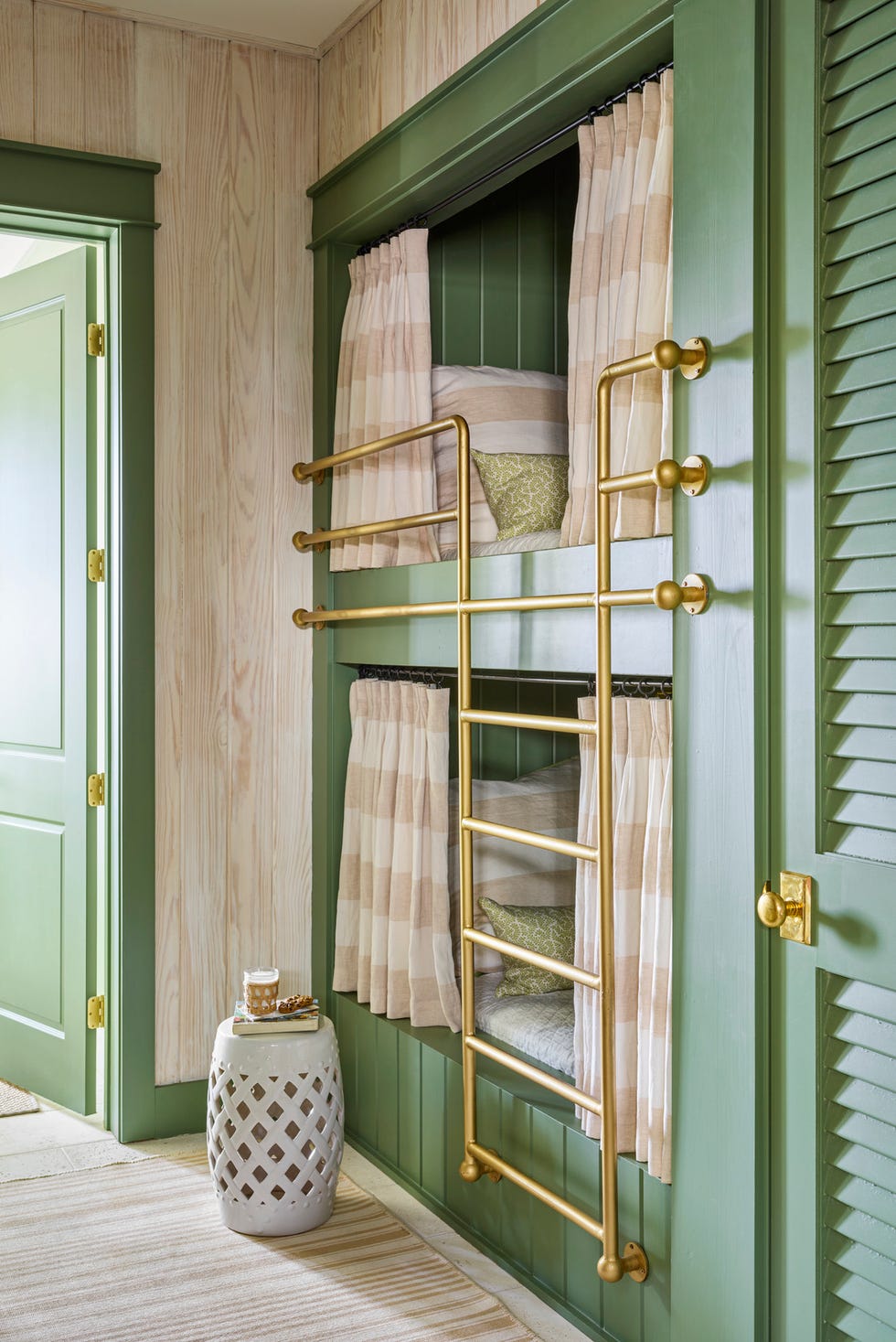Trust experts in miami luxury interior design for high-end home and commercial projects.
Change Your Home With Crucial Concepts of Inside Design and Looks
By recognizing the impact of shade theory and the relevance of texture and patterns, one can create rooms that are not just visually attractive yet additionally deeply personal. Attaining this equilibrium includes more than plain decor; it includes a calculated plan and an eager understanding of exactly how each component communicates within a space.
Understanding Shade Theory
Understanding the principles of shade theory permits designers to produce rooms that resonate psychologically with residents while meeting functional demands. Each group plays a crucial duty in establishing harmony within a room.
The psychological influence of shades is profound; cozy tones such as reds and oranges evoke energy and warmth, while awesome tones like blues and greens advertise peace and peace. In addition, making use of complementary shades enhances aesthetic rate of interest, creating striking contrasts that can elevate an area's charm.
Neutral colors, on the various other hand, work as a flexible backdrop, enabling various other layout elements to radiate. It is necessary to take into consideration factors such as illumination and the room's function when picking a color scheme, as these can alter the perception of colors throughout the day.
Ultimately, a well-considered color pattern can transform a room, fostering a sense of comfort and design that straightens with the citizens' preferences. Proficiency of color concept is, therefore, an important skill for any type of interior designer aiming to produce harmonious and welcoming environments.
Accomplishing Balance in Layout
How can developers accomplish a feeling of balance in their areas? Accomplishing equilibrium in style is essential to developing harmonious insides. Designers can make use of three main types of balance: symmetrical, asymmetrical, and radial. In proportion equilibrium involves organizing aspects equally around a central factor, promoting a feeling of order and harmony. This type usually includes sets of furnishings or artwork, improving aesthetic stability.
Unbalanced equilibrium, on the various other hand, relies on varying elements that still accomplish a natural appearance. This method permits even more dynamic and informal plans, supplying rate of interest while keeping stability. By very carefully choosing varying dimensions, shades, and textures, designers can develop a visually engaging space that really feels balanced yet energetic.
Radial balance stresses a main prime focus with elements radiating outside. This style is commonly seen in circular formats, where furnishings and decoration develop a natural surround that attracts the eye internal.
Inevitably, attaining balance calls for thoughtful consideration of scale, percentage, and the partnerships in between components. luxury interior design. By skillfully using these equilibrium principles, developers can transform areas right into atmospheres that really feel both cosmetically pleasing and functionally unified, improving the total experience for residents
Importance of Spatial Awareness

An eager sense of spatial awareness allows developers to identify prime focus within an area, assisting the customer's interest to vital attributes while maintaining a total feeling of unity. It additionally helps in the critical positioning of illumination, which can drastically influence the understanding of area and mood. Additionally, understanding spatial partnerships enables the developer to satisfy the particular demands of inhabitants, guaranteeing that each location offers its intended function without jeopardizing aesthetics.
Inevitably, spatial understanding is important for taking full advantage of the potential of any kind of indoor area. By very carefully taking into consideration the interaction in between dimensions, format, and feature, developers can produce atmospheres that not just satisfy practical needs yet additionally stimulate a sense of comfort and elegance, improving the overall living experience.
Including Texture and Patterns
Embracing a varied series of textures and patterns can dramatically boost the visual and responsive allure of an indoor space. The calculated use of numerous materials-- such as timber, metal, try this web-site textile, and rock-- creates depth and interest, making an area really feel a lot more inviting and dynamic. For instance, integrating smooth surface areas with harsh textures can establish a balance that draws the eye and engages the senses.
When including patterns, consider both scale and repeating. Large patterns can act as prime focus, while smaller sized, refined styles can match various other elements without overwhelming the space. Layering patterns, such as pairing floral pillows with candy striped tosses, includes complexity and a sense of harmony if implemented thoughtfully.
It is additionally important to preserve a natural shade palette, ensuring that textures and patterns interact instead of contend for focus. By selecting a few essential appearances and patterns, you can create an unified aesthetic that shows your individual style while improving the general setting of the area. Ultimately, the mindful unification of these elements can transform an ordinary area into an innovative setting rich with personality and heat.
Individualizing Your Area
Creating a room that mirrors your personality is crucial to accomplishing a really inviting setting. Personalization in interior decoration permits you to infuse your special design and interests into your home, transforming it from a simple shelter right into a sanctuary that speaks with that you are. Begin by choosing a shade scheme that reverberates with your feelings-- vibrant tones can invigorate, while soft tones use serenity.
Integrate artwork and decor that show your websites enthusiasms, whether it be travel, nature, or abstract principles. Showing individual collections, such as publications, photographs, or souvenirs, can stimulate valued memories look at these guys and produce focal points within an area. Additionally, think about customizing practical items, like upholstered furnishings, to align with your visual choices.

Final Thought
Finally, the makeover of a home with the necessary principles of indoor style and appearance demands a comprehensive understanding of shade concept, equilibrium, spatial understanding, appearance, and personalization. Each component adds significantly to developing an unified and functional living atmosphere - luxury interior design. By thoughtfully incorporating these principles, individuals can improve the aesthetic appeal and emotional resonance of their areas, inevitably promoting a home that reflects distinct identities while offering convenience and functionality